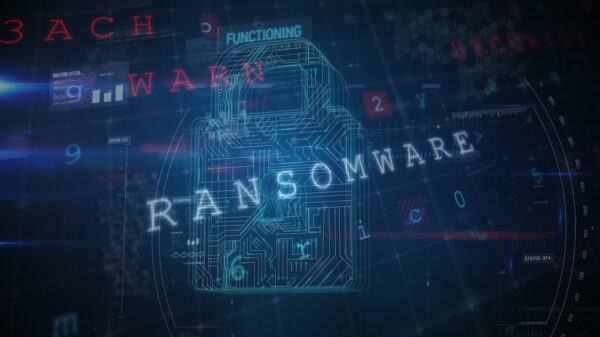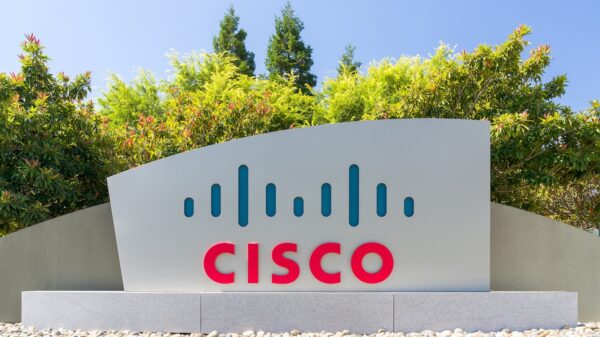Microsoft Office macros that collectively act as a stage downloader are utilizing Microsoft SQL queries to fetch malicious payloads, Proofpoint’s security researchers report.
Referred to as WhiteShadow, the downloader was initially detected in August 2019, when it was delivering a variant of the Crimson remote access Trojan (RAT). In the meantime, it has evolved with the addition of detection evasion and with basic obfuscation features.
Microsoft Word and Excel documents are attached to malicious emails, and when the macros are activated, SQL queries are executed against attacker-controlled Microsoft SQL Server databases, where the malware is stored as ASCII-encoded long strings, the researchers explain.
The macro retrieves the string and writes it to disk as a PKZip archive of a Windows executable, which is then executed to install the malicious payload.
According to Proofpoint, there is no evidence to tie the current malware delivery activity with the initial WhiteShadow campaigns that dropped the Crimson RAT, a piece of malware historically linked to specific threat actor activity.
The WhiteShadow downloader, the security researchers say, appears to be a component of a malware delivery service that includes a rented instance of Microsoft SQL Server to host the payloads.
A SQLOLEDB connector, which is included by default in majority of Microsoft Office installations, is leveraged by the downloader to reach the remote Microsoft SQL Server, execute a query and save the results to a file in the form of a zipped executable.
WhiteShadow has been employing this method to download malware such as Agent Tesla, AZORult, Crimson, NanoCore, njRat, Orion Logger, Remcos, and Formbook.
The use of MSSQL queries to retrieve next-stage payloads is not a novel technique, but it is an unusual one, nonetheless, the security researchers point out.
When it comes to WhiteShadow, however, the most important aspect of the discovery is the fact that this appears to be a new malware delivery service that can be leveraged by a variety of threat actors in their attacks.
“Organizations need to be cognizant of both the incoming malicious email and outbound traffic on TCP port 1433 which should be blocked or at least restricted on modern ACL configurations in firewalls today. Currently, these campaigns are relatively small, with message volumes in the hundreds and thousands, but we will continue to monitor associated trends,” Proofpoint concludes.
Related: Attack Combines Phishing, Steganography, PowerShell to Deliver Malware
Related: AdvisorsBot Malware Downloader Discovered
Related: New Encrypted Downloader Delivers Metasploit Backdoor
















